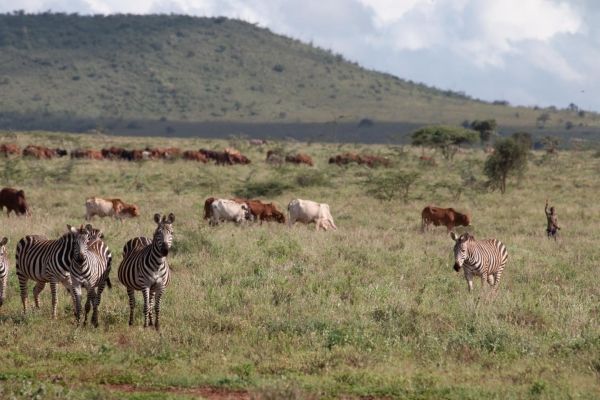In the midst of a devastating global pandemic of wildlife origin and with future spillovers imminent as humans continue to come into closer contact with wildlife, infectious-disease models that consider the full ecological and anthropological contexts of disease transmission are critical to the health of all life. Existing models are limited in their ability to predict disease emergence, since they rarely consider the dynamics of the hosts and ecosystems from which pandemics emerge.
Published May 17 in Nature Ecology and Evolution, Smithsonian scientists and partners provide a framework for a new approach to modeling infectious diseases. It adapts established methods developed to study the planet’s natural systems, including climate change, ocean circulation and forest growth, and applies them to parasites and pathogens that cause disease.
Increased human–animal interactions lead to the emergence and spread of zoonotic pathogens, which cause about 75% of infectious diseases affecting human health. Predicting where, how and when people and animals are at risk from emerging pathogens—and the best ways to manage this—remains a significant challenge. Risks for spillover include, but are not limited to, habitat encroachment, illegal wildlife trade and bush meat consumption.
Despite incredible advances in the understanding of how infectious diseases are transmitted, the models these efforts are based on are relatively limited in scope, focusing on specific pathogens and often overlooking how pathogens interact within their hosts. While scientists and global health organizations are putting a lot of effort into studying the diversity of disease-causing organisms, existing models do not link this diversity to their roles within ecosystems.
Read more at Smithsonian National Zoological Park
Image: Increased human-animal interactions lead to the emergence and spread of zoonotic pathogens, which cause about 75% of infectious diseases affecting human health. In this photograph, wild zebras graze alongside a pastoralist and cows in Kenya. (Credit: James Hassell/Smithsonian)


